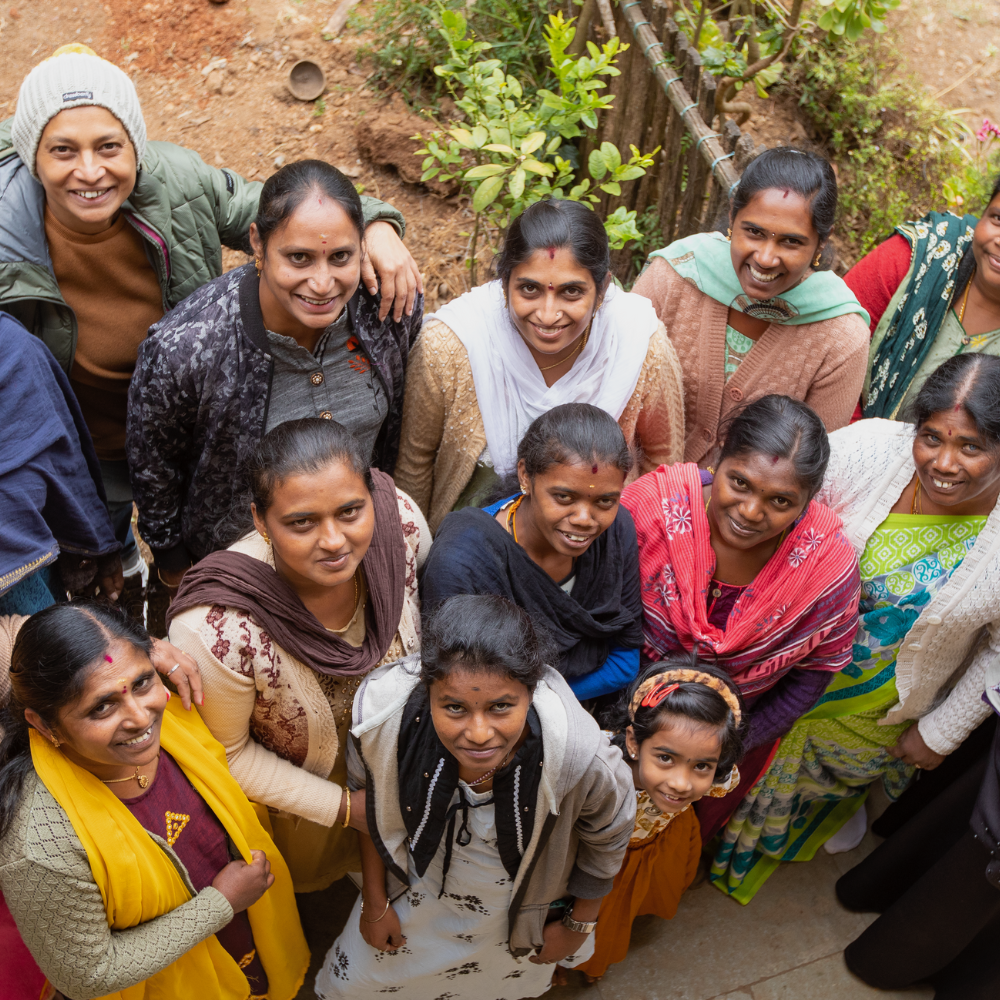
Fabric dolls - the genesis, near extinction and the resurgence.
The history of cloth fabric dolls or rag dolls stretches back to ancient Egypt and the Roman Empire. Traditionally home-made from spare scraps of material, they are one of the oldest children's toys in existence. Handmade and often given as a first toy not many examples of early rag dolls have survived. Their very nature means they would disintegrate over time. But this is also part of their appeal. The fact that they can be carried around, loved and patched up when they wear off makes them perfect toys for little ones.

Despite not many examples surviving there are a few including an American rag doll named Bangwell Putt thought to date back to around the 1770s. As well as a Roman rag doll housed in the British Museum that was found in a child’s grave and believed to date somewhere between the 1st and 5th century AD. The earliest known rag doll was discovered in Egypt and dates back to the 1st century AD made from scraps of rags and papyrus. Corn husks were also a popular material for doll making in other parts of the world.

Historically, rag dolls have been considered to act as comforters to children and double up as toys. And that they would also have been used to teach children about nurturing and sewing skills as children would be able to make new clothes for their dolls with small scraps of material. Mass production of rag dolls began around 1830, when fabric colour printing was first developed. And, with the advent of plastics in the 1900s, rag dolls were put on a path of extinction. 1950s saw the introduction of Barbie and subsequently, the market was flooded with more synthetic alternatives. The fabric dolls didn't stand a chance given the economics and convenience that the plastic alternatives offered.

90% of the toys in the market are made out of plastic and 80% of them end up in landfills with the average duration of use being 6 months. The toy industry uses 40 tons of plastic for every $1 million in revenues and is the most plastic-intensive industry in the world. In 2022, Mattel, Inc. sold 56 million Barbies and generated $1.5B USD in revenue. This is just to give some context to the scale at which just Barbie operates. Then there’s a myriad of knock-offs.

The 2000s has seen a resurgence of the fabric dolls with small enterprises bringing the handmade charm back in small ways. The movement is still fragmented and not yet aggregated but, holds much promise. There is growing sentiment around sustainability and a purpose driven parent is looking to replace plastics with fabric dolls in their households. There is also emphasis on children picking up essential skills such as sewing and to being awareness around upcycling early on which had lost it's place in the last couple of generations.

In another industry and closer home, 7.8 million tonnes of textile waste is accumulated in India annually. 42% of this is pre-consumer waste, most of which ends up in landfills. Most of this can be upcycled back into these fabric dolls solving for many a problems (circularity, livelihoods, climate) in one go. There is an opportunity staring right back at us. And, very few are looking at it.


